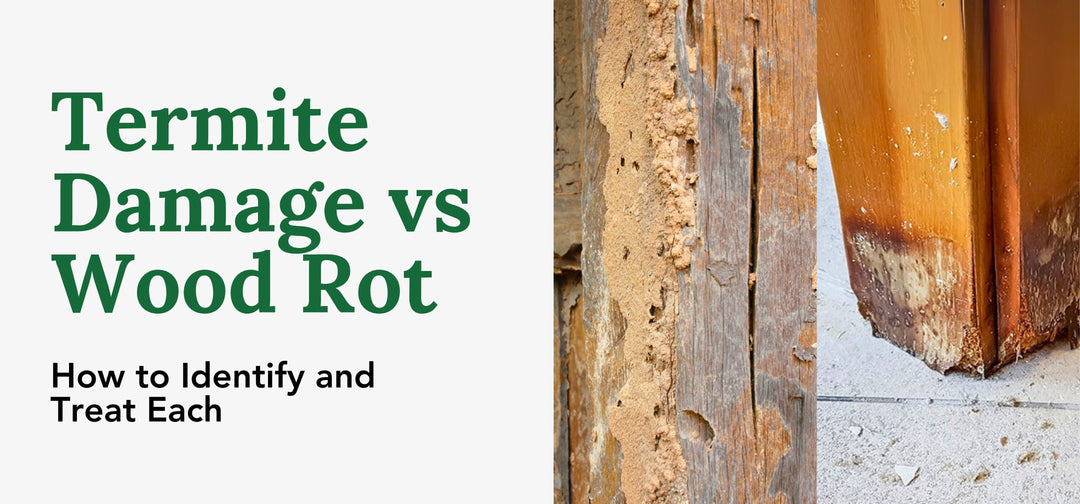Beginners Guide To A Healthy Lawn
Have you just put in a new lawn? Maybe you have moved to your first home after years of apartment or city living? Are you one of those who just can’t get their lawn right and need some help? Our Fence Armor® bestseller, ‘Beginners Guide to a Healthy Lawn,’ can put you on the right track.
Before achieving a healthy lawn, you first need to understand what you are working with when it comes to grass. There are many grass varieties, but there are only two types: cool-season and warm-season grass. Cool-season grass tends to grow in places like Michigan, Wisconsin, and Canada, where they get harsh winters. You see warm-season grass in places like Florida, Texas, and other warm climate states. Once you know the type of grass you are dealing with, you can focus on repairing it.
Now that you are on the way to understanding your grass, there are a few steps you need to follow from our guide to a healthy lawn.
Mowing is the first step towards a healthy lawn
Mowing is the most important thing to do when you are working towards a healthy lawn. You cannot just go out with the mower and cut the grass while hoping for the best. There is a science to it but nothing too tricky.
Do not mow the lawn like you would do a buzz cut to your hair. In fact, it’s probably best not to cut your own hair, but you can get the grass mowing right. If you are a beginner, it is best to put your mower height at the highest setting. By doing this, you can learn how to mow the lawn without doing any damage.
When you get more advanced, make sure you never cut below one-third of the grass length at one time. If you do, it can cause stress to the lawn and allow opportunities for insects and diseases to develop. Only cutting one-third off gives more surface area and allows the grass to receive more sunlight. With the grass getting more sunlight, better photosynthesis occurs, giving you a healthy lawn.
You have to pay attention to your lawn and how you mow it. You will begin to learn what height the grass should be and how to keep it that way. When you cut at the correct height, the frequency of mowing will change.

Fertilizing the soil for a healthy lawn
Choosing a fertilizer is all up to you and what you are comfortable with putting on the lawn. Beginners should go with a mild or organic fertilizer as they are very forgiving if you happen to put too much down.
If looking for a guide to a healthy lawn, always follow the manufacturer's instructions. They know how to use the fertilizer and how to spread it on your lawn. The right fertilizer for your area will show quick and top-quality results.
Make sure to stick to a fertilizing schedule, as you do with mowing, and it is best to fertilize after you mow.

Mulching is good for a healthy lawn
Is mulching a good idea? Yes is the quick answer, and ask at your local store or garden center which mulch is best for your type of lawn.
Mulching is an excellent option for growing your lawn. There are times of year to do it, and again ask a local expert for the best season to mulch your lawn. Mulching allows fertilizer time to soak in and not wash away during the next fall of rain.
When taking the time to fertilize the soil, you don’t want to take all of the nutrients and nitrogen out again. By mulching, you are allowing your grass to soak it back into the roots.

Irrigating for a healthy lawn
Irrigation is critical, but it is a game of learning and observation. You have to really pay attention to your lawn to get irrigation right. Every beginner's guide to a healthy lawn will tell you to irrigate, but they often fall down on details.
The need for irrigation can vary depending on your area. Florida can be very different from Texas or Minnesota. Too much irrigation can rot the grass; too little can kill it.
There are many options for sprinklers. Visit your local hardware store for the best application for your area.

Call us - 888-289-5617
At Fence Armor®, we know a bit about lawn care. Our beginner's guide to a healthy lawn should help you get started. Lawn care and fence maintenance are about experience. Call us today for all your fence post protection needs.
For this article, we took inspiration from Allyn Hane (The Lawn Care Nut). If you would like more in-depth information about how to achieve a beautiful lawn and more, we suggest checking out his channel.
Shop Postsaver® - Rot Barrier

Shop Stain & Seal - Wood Stain


















